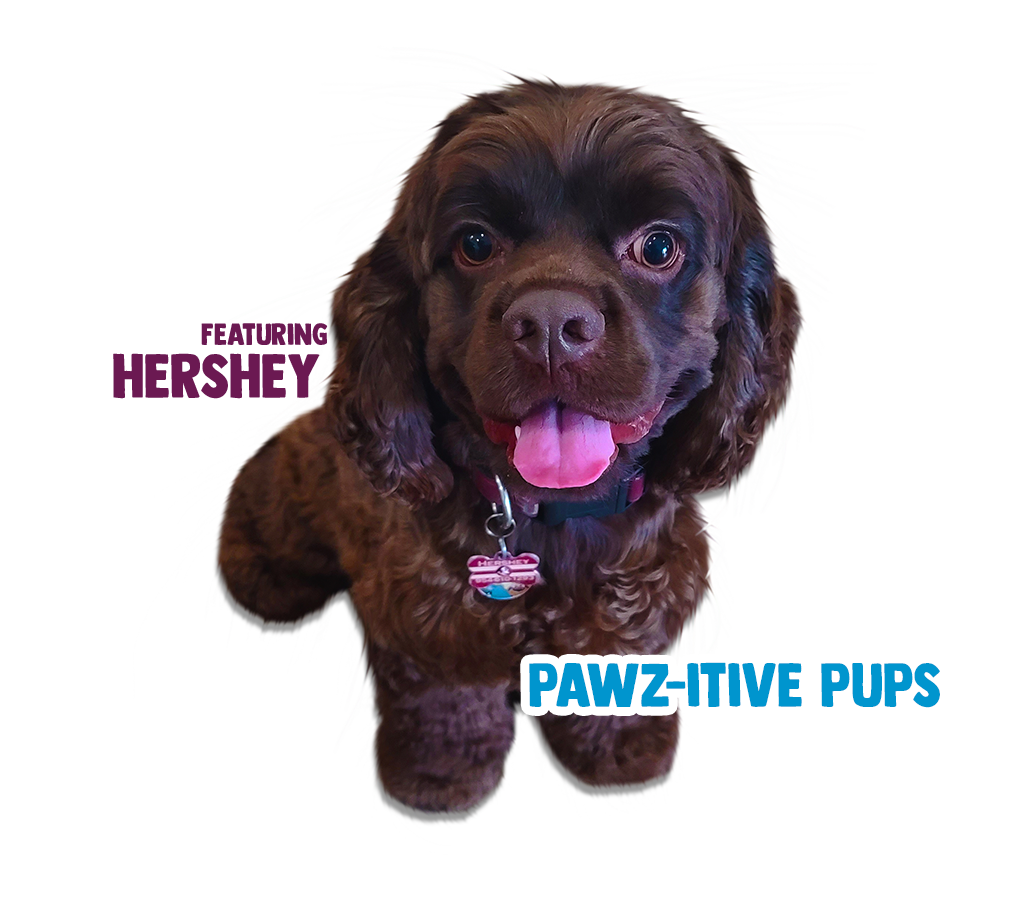THERAPY DOG TRAINING
Therapy Dog Training
Therapy dogs help by giving others a sense of comfort and offering them affection. Therapy dogs are often invited to visit organizations that are not pet-friendly, such as hospitals and schools, but they do not have any universal legal protections or rights of public access. Therapy Dog Evaluations determines if your puppy or dog will be a good candidate.
Therapy dogs are dogs that may be trained to offer the following services:
Provide affection to strangers
Offer comfort and love to those in the hospital or in nursing homes
Support schools, hospices, and disaster areas
Support people who have anxiety disorders, depression, or trauma
Comfort individuals during therapy or physical therapy sessions
Simulation Tests Include:
Entry table at Facility that examples as a check-in desk
Handler invites the dog to “Visit” with patient
Helpers mingling in a Facility with personnel, other crowd visitors, and patients
Door or outline of a Facility entrance or exit door
People of all ages, from young children and adolescents to seniors and the elderly, can benefit from animal assisted interventions, especially those individuals with mental health disorders. Children bond naturally with animals, and individuals in palliative or hospice care are gently comforted by them.
After graduation you will be referred to a local organization of your choice for meet ups if you wish.

Dogs that have bitten a human being before will not be allowed to enroll in our program. We reserve the right to accept and decline dog’s based on temperament and owner’s who are not the right fit for our programs.
All graduates will receive a Certificate of Completion, AKC Title (CGC), PDT’s Endorsement, a Physical and Digital Copy Identification Card.
*Training Sessions are two to three hours long and are $145.00 – $195.00 per session
DEMONSTRATING CONFIDENCE AND CONTROL
THE DOG MUST COMPLETE ALL 10 STEPS OF THE TEST TO PASS.
TEST 1 ENTRY TABLE (Simulated as a Hospital Reception Desk)
The dog and handler team approaches the sign-in desk to be checked in (simulating a visit).
TEST 2: GETTING AROUND PEOPLE
As the dog and handler team walks toward the patients’ rooms, there will be various people standing around. Some of the people will try visiting with the dog. The dog and handler team must demonstrate that the dog can withstand the approach and touching by several people from all sides at the same time and is willing to visit and walk around a group of people.
TEST 3: SIT/STAY
The evaluator will ask the handler to heel their dog (either on the left or right) into a sit/stay position. The handlers will give the sit command to the dogs. The evaluator will tell the handlers to leave theirdogs. The handlers will step out to the end of their 6 ft. leash, turn around and face the dog and wait for the evaluator’s command to return to their dog. (The evaluator will give the return command immediately).
TEST 4: DOWN/STAY
Same as test number 4, except dog will now be in a down/stay.
TEST 5: RECALL ON A 20 FT. LEASH
Handler will be seated in a sitting area. The handler will tell the dog to stay either by voice and or by hand signal. The handler now will turn away from the dog and walk in a straight line to the end of the 20 ft. lead. The handler will turn and face the dog. The evaluator immediately will tell the handler to call the dog. The handler will call the dog, either by voice, hand signal or both.
TEST 6: VISITING WITH A PATIENT
The dog should show willingness to visit a person and demonstrate that it can be made readily accessible for petting (i.e. small dogs will be placed on a person’s lap or held; medium dogs will sit on a chair or stand close to the patient to be easily reached, and larger dogs will be standing).
TEST 7: TESTING OF REACTIONS TO UNUSUAL SITUATIONS
The dog and handler team will be walking in a straight line. The dog can be on either side, or slightly behind the handler; the leash must not tight.
The following distractions will be added to the heel on a loose leash.
a. The team will be passing a person on crutches or in a wheel chair or being supported by a Helper.
b. Someone running by calling “excuse me, excuse me” waving hands (this person is running up from behind the dog.
c. Another person will be walking by and drop something making a loud startling noise or there will be a vacuum cleaner running (realistic in a facility).
TEST 8: LEAVE-IT
The dog and handler team meets a person in a wheelchair. The dog should approach the person and visit. The person in the wheelchair, after briefly interacting with the dog, will offer the dog a treat by holding the treat steady in the hand while enticing the dog. The handler must instruct the dog to leave it. It is up to the handler as to what kind of verbal command they use to keep the dog from licking or taking the food. The handler should explain to the patient why the dog cannot eat a treat while visiting (i.e. dog has food allergies).
TEST 9: LEAVE-IT; PART TWO
The dog handler will be walking in a straight line with the dog at heel. There will be a piece of food in the path of the dog. The dog is not allowed to lick or eat the food.
TEST 10: REACTION TO CHILDREN
The children will be running and yelling, playing ball, drop- ping objects, and doing what children usually do while playing.
a. The handler will walk with the dog past playing children (distance from the children must be at least 20 feet).
b. The dog must not jump, scratch, or run into the children when the handler and dog approach.



